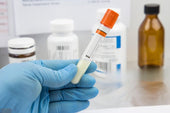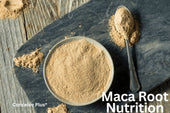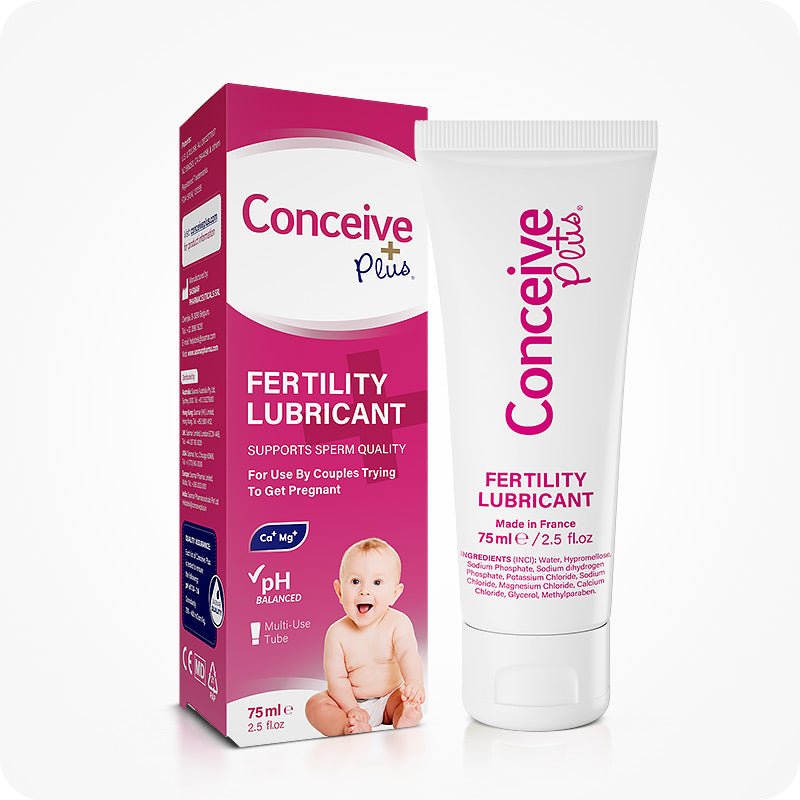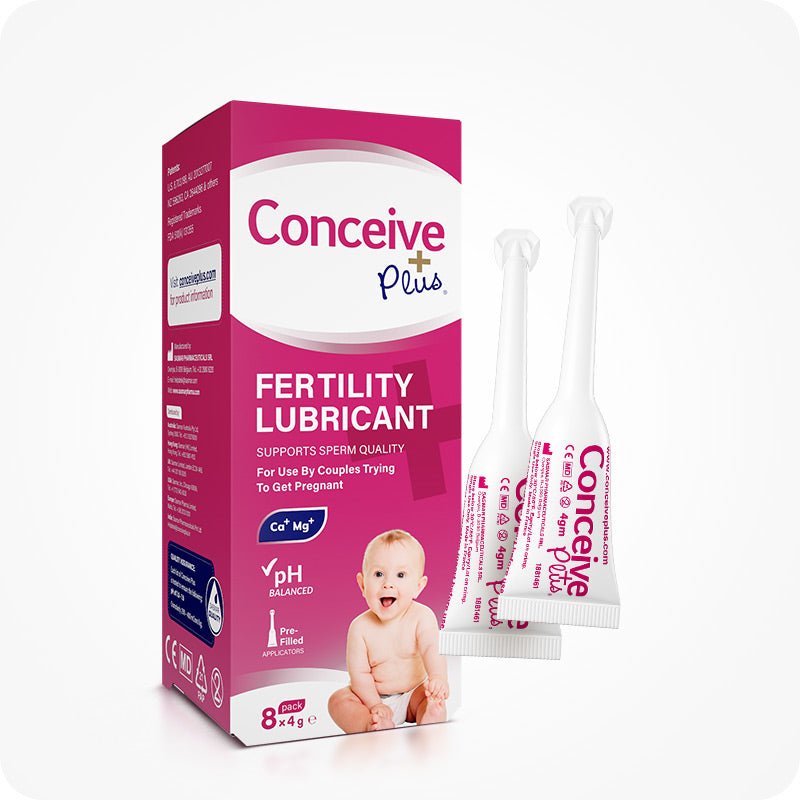Black Maca Women: Unlocking Vitality and Investigating the Potential
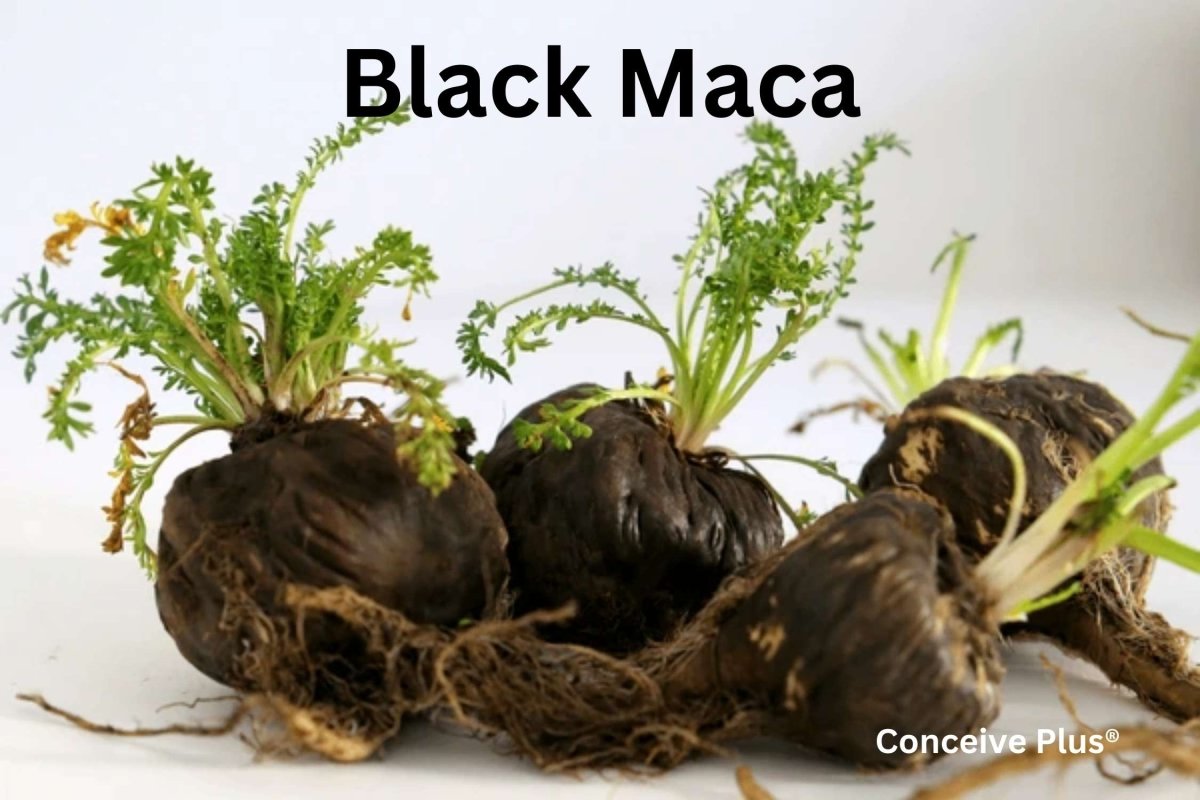
Wellness forums are buzzing with stories from black maca women who report steadier energy, balanced moods, and clearer skin after adding this high‑altitude Peruvian root to their routines. Cultivated at 13,000 feet, the resilient black maca plant concentrates antioxidants and fatty‑acid amides now drawing researchers’ attention for their potential to support hormonal harmony and athletic endurance—turning an ancient Andean staple into a modern functional food.
A Nutrient Profile Forged at High Altitude
Anthocyanins and unique fatty‑acid amides called macamides give the darkest phenotype its edge. A 2023 Nutrients study reported that a six‑week black maca supplement regimen improved VO₂‑max and reduced C‑reactive protein in elite sportswomen, pointing to faster recovery without stimulant jitters. Researchers also noted richer iron and calcium levels compared with yellow or red ecotypes, nutrients many menstruating adults lack—making black maca for women an intriguing food‑based strategy for energy and micronutrient support [1].
If you're curious to delve into the specific weight gain maca root benefits that could further enhance your wellness routine, be sure to explore our article "What Are the Weight Gain Maca Root Benefits."
Hormone Harmony Without the Roller‑Coaster
Beyond athletic gains, black maca appears to modulate the hypothalamus‑pituitary‑ovarian axis. Laboratory work demonstrated a gentle rise in estradiol and a fall in follicle‑stimulating hormone while easing hot‑flash scores in post‑menopausal volunteers, yet without the estrogenic spikes linked to soy isoflavones. Such adaptivity answers the common question, “can women take black maca during perimenopause?”—current evidence says yes, at doses of 1.5–3 g daily. Participants reported steadier mood and libido within four weeks, benefits echoed anecdotally by clinicians who pair maca with magnesium for stress‑related fatigue. Importantly, thyroid and liver markers stayed in normal ranges, underscoring its safety profile in otherwise healthy adults [2].
Skin Science Meets Tradition
Dermatologists are beginning to explore maca root benefits for skin. In‑vitro experiments show that polysaccharides from the tuber accelerate fibroblast repair after UV damage, while phenolic antioxidants dampen tyrosinase activity—mechanisms that translate into fewer dark spots and improved barrier resilience. Early cosmetic trials blending black maca extract with vitamin C report increased collagen density, offering tangible maca skin benefits and visibly brighter tone.
Choosing the Right Hue
Color matters. While red maca for women is often marketed for bone density, black excels at neuroprotection and sperm quality, making black maca men gravitate toward it. Comparative animal studies reveal black phenotypes restore memory in sleep‑deprived rodents, whereas red favors prostate health. Blending varieties can cover multiple bases, yet experts advise rotating batches rather than megadosing any single hue to preserve the diverse glucosinolate spectrum that underpins maca’s broad physiologic reach and to mimic traditional Andean seasonal consumption patterns [3].
If you're curious to learn more about how red maca root stands out as an ancient marvel with its unique benefits, be sure to explore our article "Red Maca Root: Unveiling an Ancient Marvel."
Smart Supplementation & Safety
When scanning labels, prioritize organic gelatinized powder for digestibility or standardized 4:1 extracts if capsule convenience suits your schedule. Typical clinical servings range from 1.5 g to 3 g daily, ideally with breakfast to leverage its gentle stimulatory lift. People with thyroid disorders should monitor iodine intake, and anyone pregnant, lactating, or on hormone therapy ought to consult a practitioner, as human trials in these groups remain limited for now [4].
The Bottom Line
Black maca women discussions increasingly emphasize integrative methods for enhanced well-being. While anecdotal evidence suggests promising outcomes, further research would clarify how these approaches might support each other. For individuals eager to explore combined strategies, mindful use and professional advice remain paramount. As new findings emerge, the pursuit of synergy and effective results will continue shaping wellness practices.
References
- Lee E, Park M, Kim B, Kang S. Effect of Black Maca Supplementation on Inflammatory Markers and Physical Fitness in Male Elite Athletes. Nutrients. 2023 Mar 27;15(7):1618. doi: 10.3390/nu15071618. PMID: 37049458; PMCID: PMC10097151.
- Minich DM, Ross K, Frame J, Fahoum M, Warner W, Meissner HO. Not All Maca Is Created Equal: A Review of Colors, Nutrition, Phytochemicals, and Clinical Uses. Nutrients. 2024 Feb 14;16(4):530. doi: 10.3390/nu16040530. PMID: 38398854; PMCID: PMC10892513.
- Zevallos-Concha, A., Nuñez, D., Gasco, M., Vasquez, C., Quispe, M., & Gonzales, G. F. (2015). Effect of gamma irradiation on phenol content, antioxidant activity and biological activity of black maca and red maca extracts (Lepidium meyenii walp). Toxicology Mechanisms and Methods, 26(1), 67–73. https://doi.org/10.3109/15376516.2015.1090512
- Lee E., Park M., Kim B., Kang S. Effect of Black Maca Supplementation on Inflammatory Markers and Physical Fitness in Male Elite Athletes. Nutrients. 2023;15:1618. doi: 10.3390/nu15071618.








